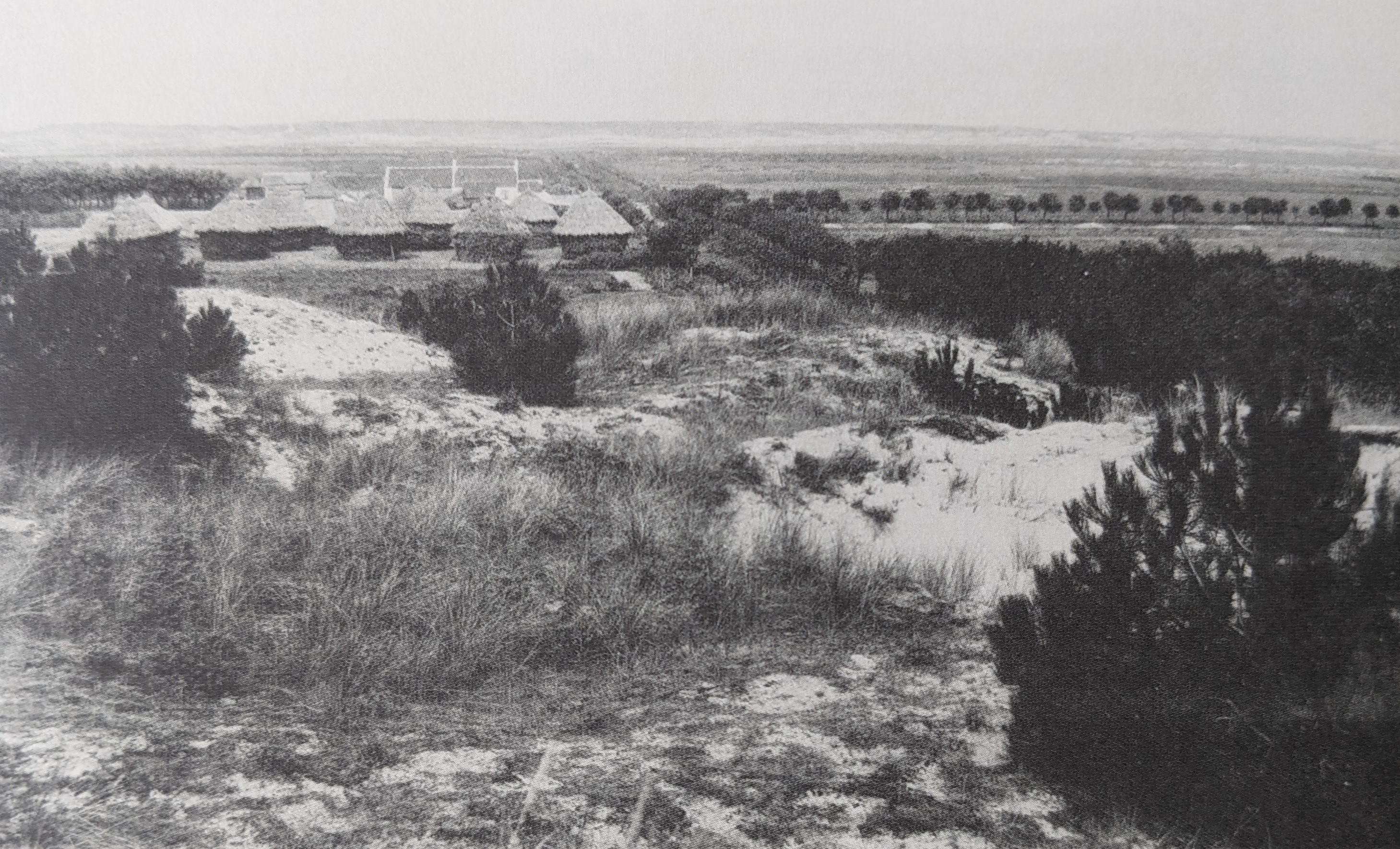-
Partager cette page
UN - Urban Nature
- UN semester task.pdf (PDF, 24 Mo )
- UN Leporello.pdf (PDF, 4 Mo )
- presentation-atelier-urban-nature-2023-2024.mp4 (MP4, 25 Mo )

Cities are the homes and habitats of most people in the world today. They are rightly considered a built and artificial environment, which often seems withdrawn from nature. However, few cities escape the extreme conditions that nature imposes on them, whether it is dust storms in Dubai, snow in New York, or floods in Paris. Nature is adapting in cities, taking advantage of the available opportunities and seeking new possibilities to reproduce. In turn, cities modify the natural systems and change the biogeochemistry of their habitat. The extent of this modification of nature has increased over the last half-century. While cities initially relied on their immediate environment for food and supplies, today they depend on increasingly extensive territories and networks to meet their metabolic needs (i.e., cities concentrate 60% of the worldwide population and depend on rural hinterlands for 80-90% of their material and energy needs).
If cities are not the opposite of nature but are entangled with it, what to do with the age-old opposition that defined cities as the artificial environment par excellence, expelling nature? Likewise, what to do of the city and countryside dichotomy once the survival of cities depends on increasingly large and remote territories, linked by entwined, endlessly proliferating supply chains? Can we refer to these territories still as “rural”, in the traditional sense of a subordinated region, lagging progress-wise and mostly undertheorized by architects? Is this notion still valid to grasp the reality of those out-of-town territories, haunted by their pasts and shaken by contemporary dynamics of global interconnectedness?
Hence, the design unit proposes reconceptualizing rural territories beyond the current opposition city-countryside, which we deem at the root of the current climate crisis, and enriching the contents and approach of the architects’ and urban designers’ curriculum. It does this as part of NeRu (newruralities.eu), an Erasmus+ Cooperation partnerships program (2022-25) gathering six design units within the universities of ULB, Politecnico di Torino in Italy, Universidade da Coruña in Spain, Universidade do Minho in Portugal and Universitet Po Architektura Stroitelstvo I Geodezija of Sofia in Bulgaria, and ETH Zürich in Switzerland.
